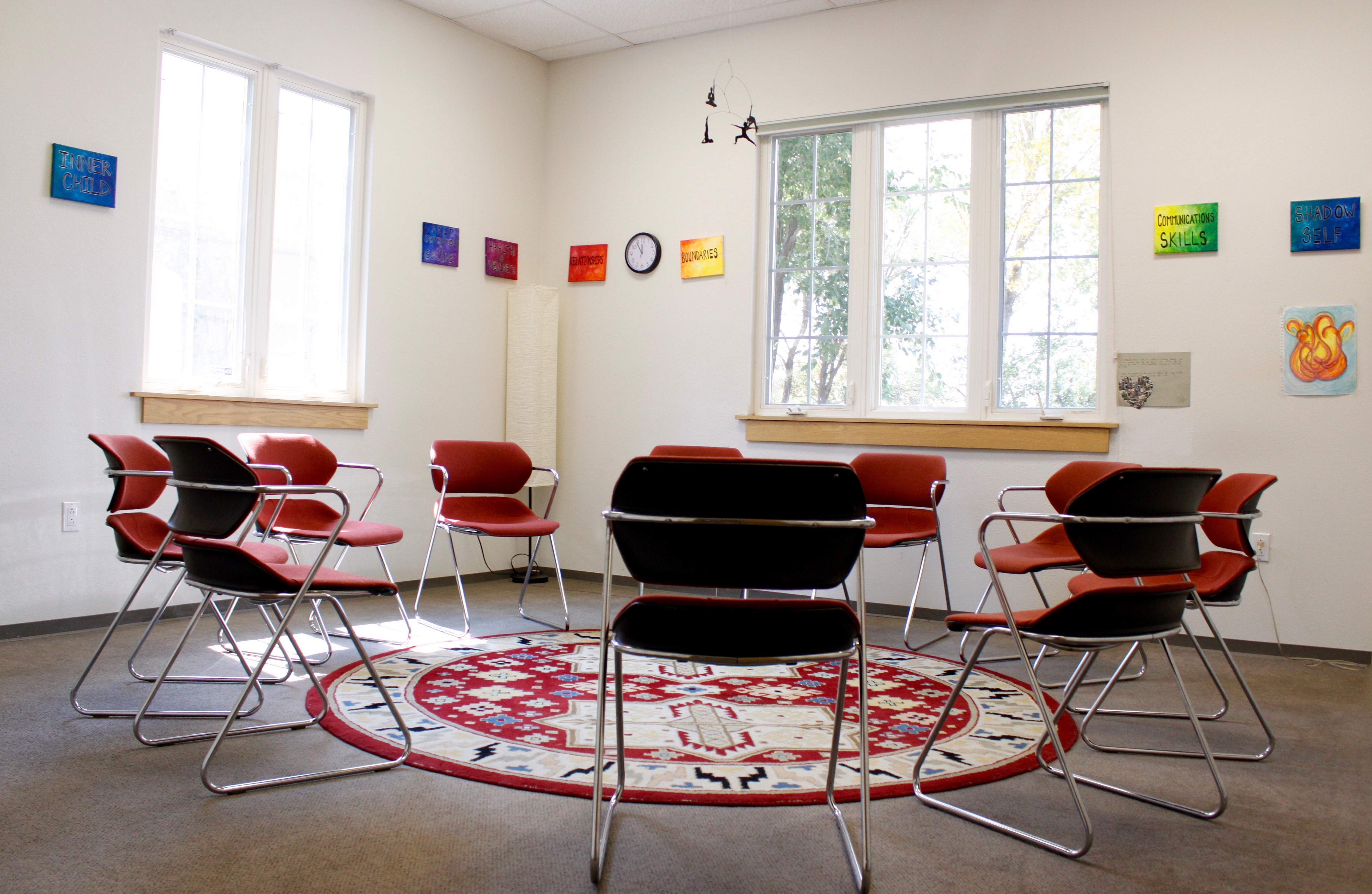Tips and Tools to Reduce Stress and Anxiety
Tips and Tools to Reduce Stress and Anxiety
In this unprecedented period of global uncertainty, we felt it was necessary to put together some ideas and ways to reduce stress and anxiety to provide our community with much-needed support.
The first thing to note right now is that it’s completely normal to be experiencing a wide range of
emotions. Accepting your feelings is an important first step to building resilience. The simple act of naming your emotions has been found to benefit well being. Below is a list of emotions you may be feeling.
- Anxious
- Stressed
- Worried
- Fearful
- Low
- Lonely
- Overwhelmed
- Helpless
- Frustrated
- Guilty
- Angry
Remember: It’s okay to feel discomfort. Accepting distress is often the quickest way to feel
immediately calmer.
Reducing Stress and Anxiety With Thought Challenging
Thought challenging is a simple yet powerful cognitive behavioral therapy (CBT) technique for
reducing anxiety. As mentioned, anxiety is best described as the unhelpful thinking patterns you experience when your mind fixates on a threat, uncertainty, and negativity. Thought challenging helps by broadening your focus to include the bigger picture.
Below are two thought challenging techniques you can experiment with. Keep practicing and
discover what works best for you.
The ABCDE Technique
Attention – When you feel distressed, stop what you’re doing and pay attention to your inner
dialogue. What is your mind telling you?
Believe? – Do not automatically believe your thoughts!
Challenge – Defuse anxiety by broadening your focus. What’s the bigger picture? Is the thought
fact or opinion? What might you think if you were feeling calmer?
Discount – Acknowledge that anxiety has been is dominating your thinking and let the unhelpful
thoughts go.
Explore options – What would be helpful to focus on right now? What options do I have available?
The THINK Technique
True? – Is this thought 100% true? If not, what are the facts, and what is opinion?
Helpful? – Is paying attention to the thought useful to me or others?
Inspiring? – Does the thought inspire me or does it have the opposite effect?
Necessary? – Is it important for me to focus on the thought? Is it necessary to act on it?
Kind? – Is the thought kind? If not, what would be a kinder thought?
Reducing Anxiety Through Distraction Activities
Here’s a checklist of ideas for healthy distraction activities.
- Browse mindfulness and meditation resources
- Work on personal development through journaling
- Browse new healthy recipes
- Plan your meals
- Play on a trivia or games app
- Learn some basic yoga poses
- Learn calligraphy or hand-lettering
- Learn how to play a musical instrument
- Read a biography about someone who inspires you
- Rediscover old music you liked when you were a teenager
- Watch a live stream theater show from The National Theater
- Make a list of things to save up for
- Have a relaxing DIY foot soak
- Start a blog
- Reorganize or redecorate your living space
- Do a jigsaw puzzle
- Make a list of goals for the year
- Find a new podcast to listen to
- Declutter
- Update your CV
- Make a list of books you want to read this year
- Search Pinterest for craft or DIY project ideas
- Arrange to catch up with someone over video chat
- Make a life experiences bucket list
- Get a 30 day free trial of Audible and listen to an audiobook
- Join an online book club
- Start learning a new language
- Plan some thoughtful birthday or Christmas gifts
- Research activities for your elderly relatives
- Start a side project to earn extra money
- Write a poem or short story
- Make a cookbook of your favorite recipes
- Make a list of things you’re looking forward to when the pandemic is over
- Watch TED Talks
- Use the Netflix Party extension to watch Netflix with your friends online
- Do a home improvement project
- Do some gardening
- Make a list of topics you’re curious about and research them online
- Search Pinterest for family bonding ideas
- Search Pinterest for indoor kids activities
- Learn knitting, cross-stitch or embroidery
- Find a new board game to play
- Do exercise song videos with your kids
- Start a dream journal
- Watch a live opera stream from The Metropolitan Opera
- Do some baking
- Feel more connected by finding a pen pal
- Explore ideas for camping in your backyard
Starting a Daily Breathing Practice
Meditation
A few minutes a day of mindfulness practice can help ease anxiety and stress
The Benefits Of Meditation
Meditation can help one sit with and understand difficult emotions. Mindfulness can also bring about more awareness to emotional areas in your life that need more attention.
Mindfulness can help foster connections by practicing presence. Being present with yourself will also allow you to be present with others.
A daily practice can help focus your mind and divert attention away from constant brain chatter.
Meditation is a great way to increase your resilience to stress calm your nervous system.
Steps to Beginning a Meditation Practice
When Preparing for a Meditation
-Think about what you want to achieve with your meditation.
-Find a distraction-free area.
-Use a comfortable cushion if needed.
-Wear comfortable clothes.
-Choose a time when you’re not distracted.
-It can help when starting to have a timer at hand.
During Meditation
-Sit on the floor, cushion, or chair with a straight back.
-Don’t fret about what to do with your hands.
-Set your timer. You can try starting with a shorter time and gradually extending.
-Keep your mouth closed as you breathe.
-Focus on your breathing.
-Observe your breath, but don’t analyze it.
-Bring your attention back to your breath if it wanders.
-Don’t be too hard on yourself.












